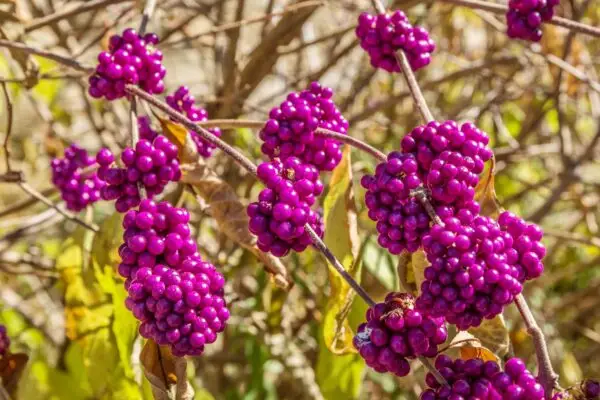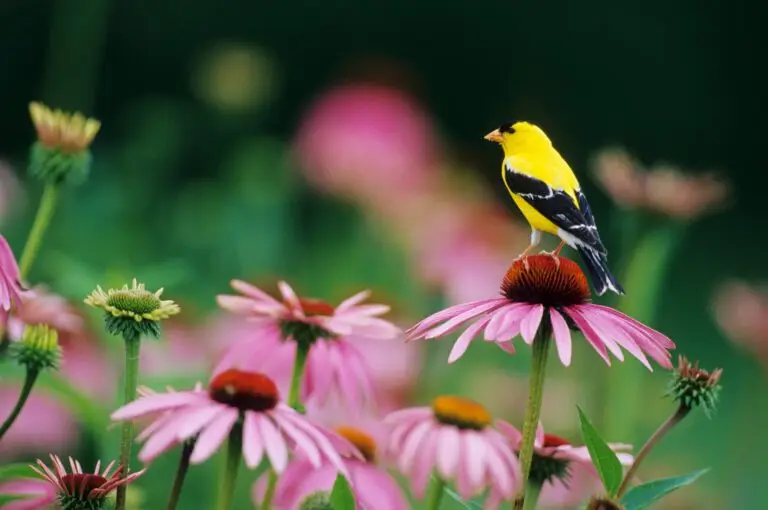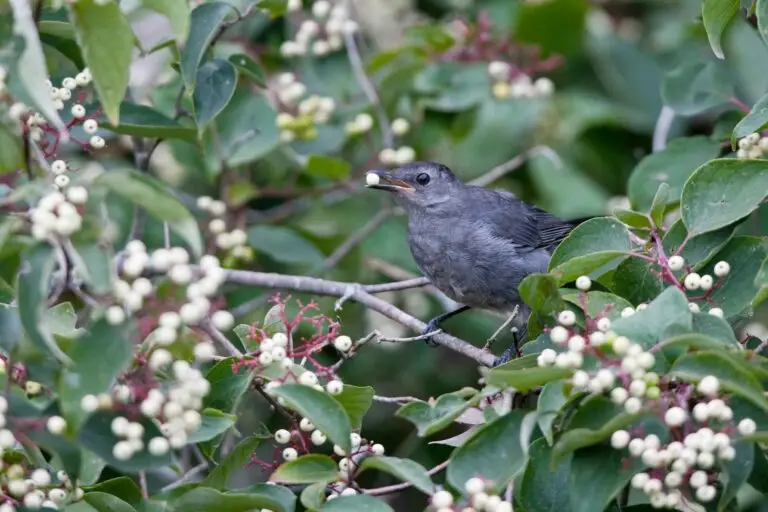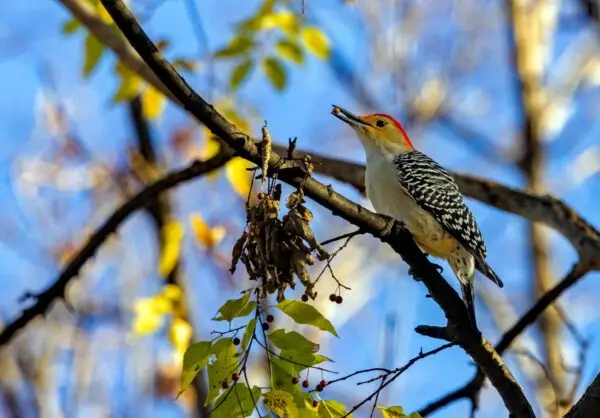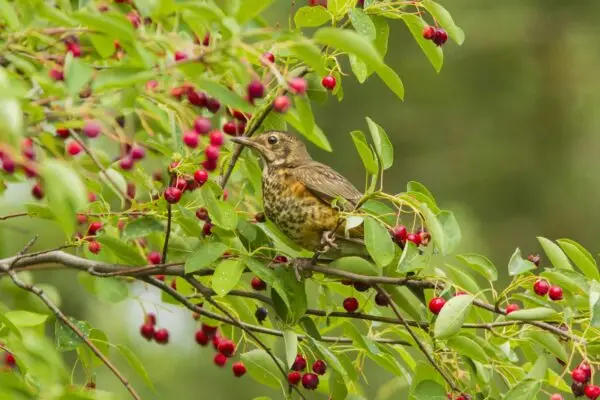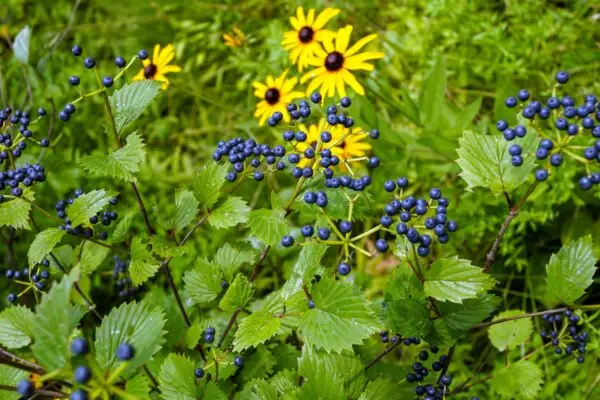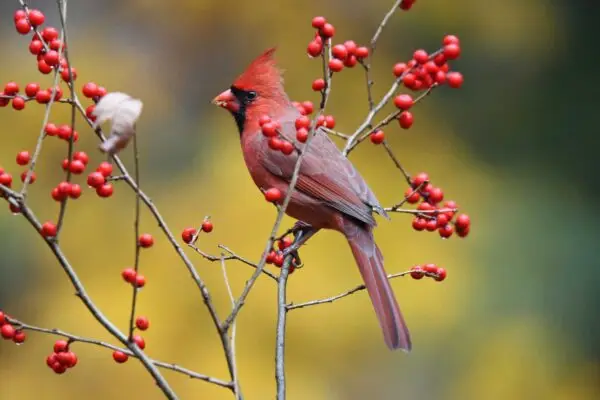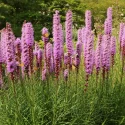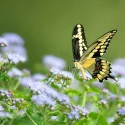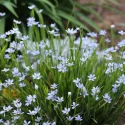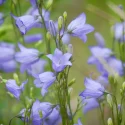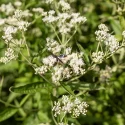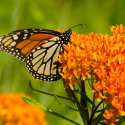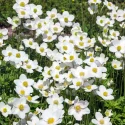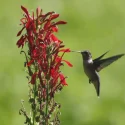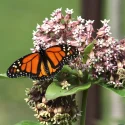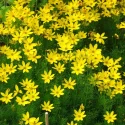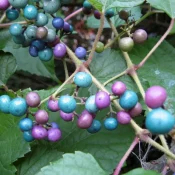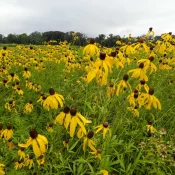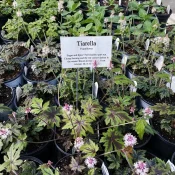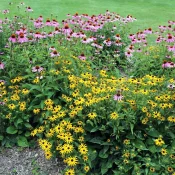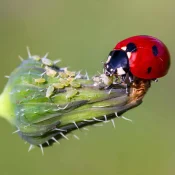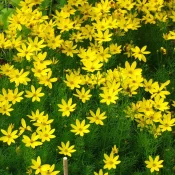What are the best native plants for birds?
If we’re being honest…every native plant is great for bird populations, because native plants offer the best food and habitats for wildlife (especially compared to lawns or non-native plants.)
But some native plants are simply bird magnets. This article sings the praises of some of these bird heroes. Plant some of these new favorites and be sure to have binoculars and a zoom lens ready.
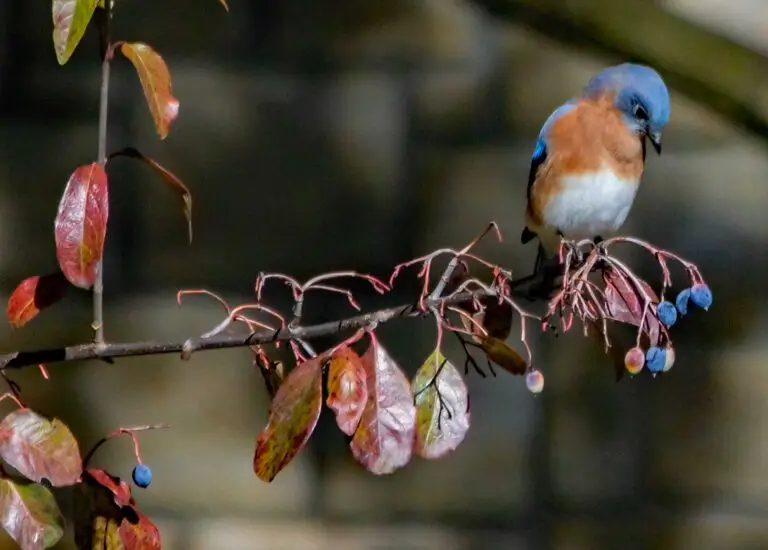
Who else wants to have a yard filled with iconic songbirds and small birds, like cardinals, Baltimore orioles, wrens, and finches? These tiny marvels make having your morning coffee or sitting in your backyard just a little more magical.
Attracting birds to your yard means more than just installing a bird feeder. To truly invite birds, you’ve got to invite bird families and bird-friendly plants. And nothing beats a native plant when it comes to both things. In this article, we’ll cover some native plants that are bird favorites.
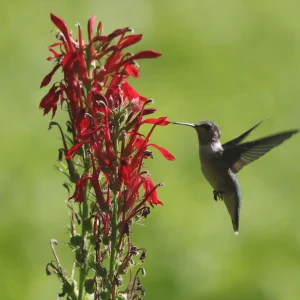
Looking to attract hummingbirds?
Read our article devoted to hummingbird gardens. Hummingbirds have such specific needs and foods that can be quite different from other birds.
Best native plants for birds
Listed in alphabetical order (follow links for more plant information.)
American Beautyberry
Pinky promise: this is a real, native plant. American Beautyberries used to be one of the most common shrubs in the South! Let’s bring them back again. Beautyberries drop their leaves in the fall/winter but their electric purple berries stay in place. While they are not edible for humans, they are bird faves.
Coral Honeysuckle
This native vine attracts hummingbirds to its flowers and songbirds to its red berries in the fall. It’s a lovely, easy-to-grow native vine that can quickly cover a fence, trellis, or wall in a few years.
Coneflowers
Planting coneflowers and keeping their stalks through fall and winter almost guarantees a visit from bright yellow finches. Plant these flowers once and watch them come back year after year (they are perennials.) They are a gardening no-brainer. Explore the native varieties to find your fave.
Native Dogwoods
Many native dogwoods produce berries in the summer and fall and fill their branches with birds. Don’t forget their gorgeous springtime flowers, too! No matter your space or landscape, there is a native dogwood worth planting.
Hackberry Tree
It’s not a very inviting name, but WOW, is this tree a bird magnet! Tiny fruit cover Hackberry trees in the summer and stay through the fall (unless the birds eat it all.) It’s also a host plant for lots of butterflies. The fall foilage is a spectacular bright highlighter yellow, too.
Highbush Blueberries
No need for introduction here: the very same fruit we love is loved by birds, too. Plant a few Highbush Blueberries to enjoy wildlife and a beautiful, fiery foliage show in the fall.
Serviceberry
Many different native species of serviceberry trees are gorgeous for landscaping and wildlife viewing. Also—serviceberry fruit is edible to humans, too! That is, if you can get to the berries before the birds do! This is a gorgeous four-season small tree that’s perfect for front yards or other high-profile places.
Native Viburnums
Viburnums are professional landscaper favorites for a reason: they change dramatically throughout the seasons, looking gorgeous. Viburnums are also excellent for birds, as their nutrient-rich fall berries are crucial fuel for migrating songbirds.
Winterberry
48 different species of birds chow down on Winterberry fruit in the winter months. Because this native shrub loses its leaves in the winter, its berry-laden limbs put on a show. A must for landscaping. (Sadly, not edible for humans.)
And that’s not all! Here are a few other bird-favorites to consider as you fill your landscape with native plants:
One final (but crucial) tip for a bird-friendly garden
No pesticides. No herbicides. No exceptions.
A thriving native garden isn’t just about what you plant—it’s also about what you don’t use. Pesticides and herbicides don’t just target weeds and pests; they wipe out essential food sources for birds, including caterpillars and insects. Without these, birds—and any butterflies you’re hoping to attract—won’t stick around.
If you want a garden full of songbirds and pollinators, skip the chemicals. Let nature do the work.
And that sums up our beginner-friendly guide for bird-friendly planting. We hope you are inspired to plant a few of these native plants and welcome birds to your landscape. Planting native is essential for many reasons: it saves time and money, makes gardening easier, and helps iconic wildlife thrive. Whether you’re looking to help butterflies, hummingbirds, or songbirds, planting native is always the best choice. Visit our Guide to Planting a Hummingbird Garden or our Native Host Plants for Butterflies for more garden inspo. Happy planting!
Sources
- Nelson, Gil. Best Native Plants for Southern Gardens: A Handbook for Gardeners, Homeowners, and Professionals, (2010).
- Harstad, Carolyn. Go Native! Gardening with Native Plants and Wildflowers in the Lower Midwest. (1999), 209-210.
